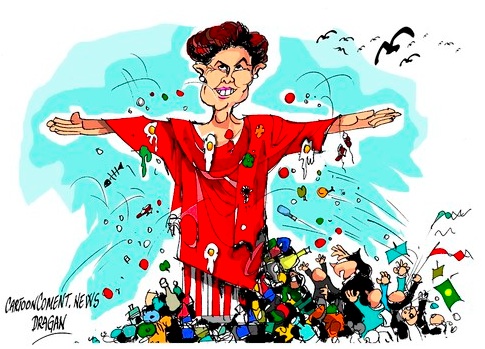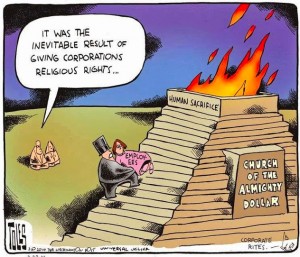Beth Brooke-Marciniak writes: As the World Economic Forum’s Gender Gap report reveals how far the world still is from achieving gender parity, I believe that one of the most important places to advocate change is right at the top: boards of directors.
The gender gap in corporate leadership isn’t just a women’s issue. It’s an issue of competitiveness. Simply put, diversity in leadership enhances corporate performance. The evidence abounds. In 2012, EY reviewed 22,000 audits our member firms were performing in four countries on three continents. We found that gender-balanced teams were much more successful than other teams. They don’t just outperform other teams in quality – they also bring back better returns.
Research shows that companies with at least one woman on the board have a higher return on equity, higher earnings and a stronger growth in stock price than companies with all-male boards. Bringing diverse voices to the table improves the solutions we see. Yet the reality is, all too often, women’s voices are not represented.
In the US, for instance, women make up 51% of the population and account for 59% of our graduate school enrollees. Yet according to our research, they represent only 15% of board members of the top S&P 1500 companies.
In our own industry, we see a similar trend. Despite the fact that women have represented about 50% of new certified public accountants (CPAs) in the accounting profession for the past 20 years, only 19% of partners in CPA firms nationwide are women. These numbers are better than at any time in the past, but they’re nowhere near good enough.
So how can companies close the gender gap in leadership roles, and consequently make themselves more competitive?
First, the public sector needs to focus attention on the issue. More than 20 countries have adopted quotas for women on corporate boards. Some have seen dramatic change after having set significant consequences. Norway is the most prominent example. Publicly traded companies there that fall short of a 40% quota can be dissolved by court order. The country went from having 9% representation of women in 2003 to more than 40% in 2012.
However, we view quotas as a “sledgehammer” of last resort. A better approach is when public officials first champion voluntary targets, and companies proactively meet them.
Second, private sector leaders need to commit. Several organizations, sometimes working with executive search firms, have compiled directories of “board-ready” women. This can help to counter suggestions there aren’t enough viable female candidates for leadership and board roles.
Twenty per cent of the board seats at S&P 1500 companies were held by directors nearing or exceeding the common board retirement age of 72. It will take committed leadership from both genders to ensure that a significant percentage of the new board members are women.
Third, businesses need to be more transparent. In several countries, disclosure standards for listed companies now include requirements to report on gender diversity policies. This gives investors the information they need to hold companies accountable for board diversity.
In the US, investors have used shareholder proposals seeking greater gender and/or ethnic diversity on boards to prompt change in board policies and composition. Of the 26 proposals we tracked in 2013, nearly 75% of the targeted companies changed their board recruitment criteria to include diversity measures.
Finally, and importantly, greater diversity at the top sets a tone of inclusiveness that permeates the business. It can help foster a corporate culture that develops women and supports the careers of future female leaders.










